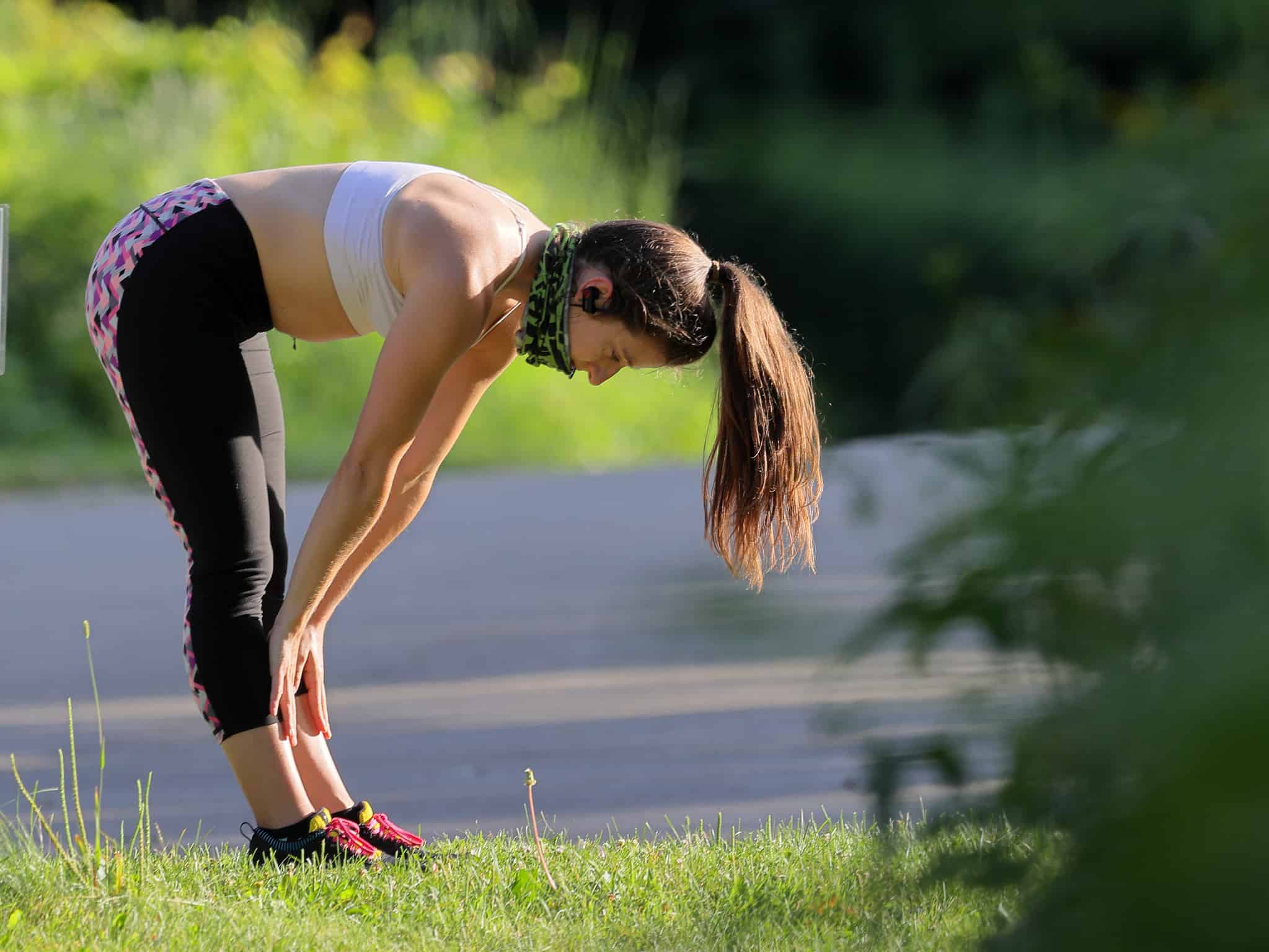Additionally, the importance of good cushioning cannot be underestimated when looking to treat peroneal tendonitis.
Fortunately, the Cohesion 14 has this and more. Saucony make use of their VERSARUN technology which gives this shoe incredible comfort and a very good degree of shock absorption.
For instance, runners find this shoe to be great for heel strikers. However, if you’re suffering from peroneal tendonitis, you may may naturally favor running on your toes.
Even so, the design of this shoe encourages runners to hit closer to the heel, to help relieve the strain on the peroneal tendon.

